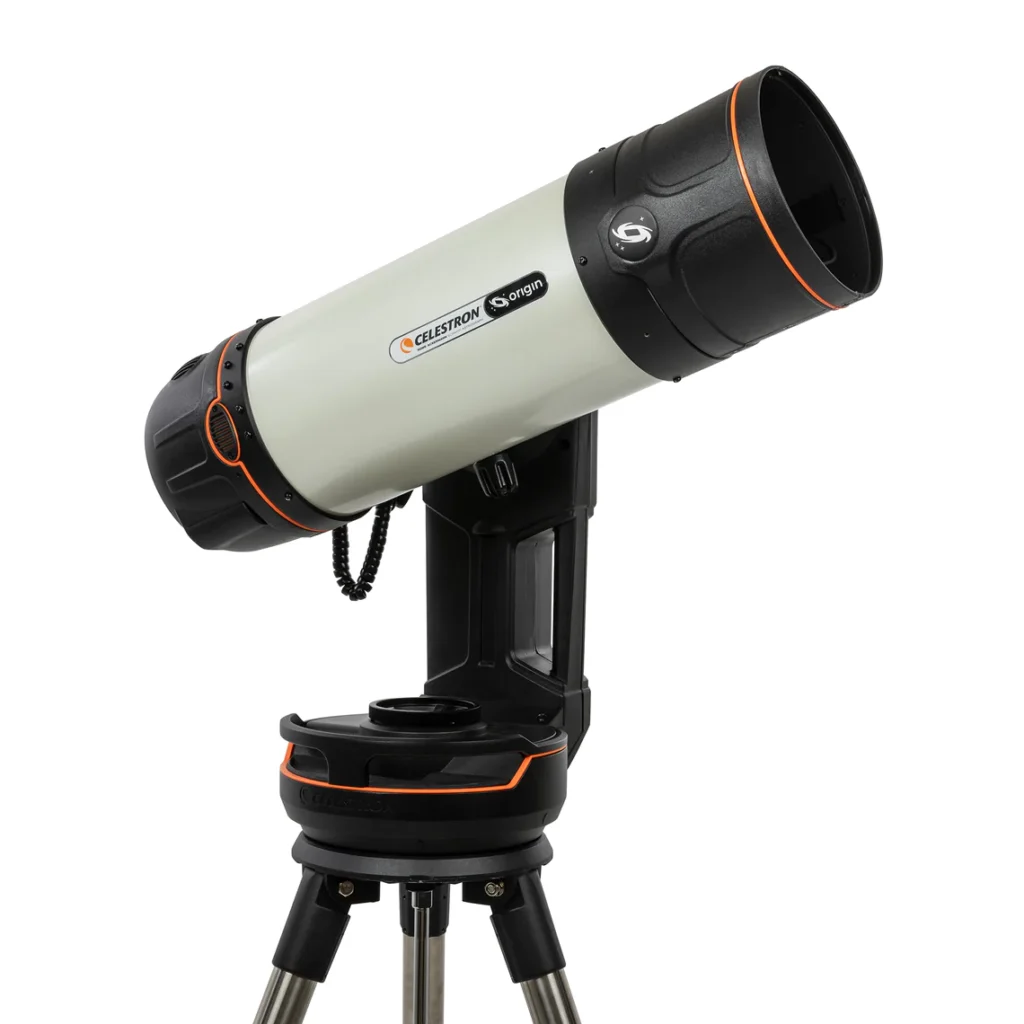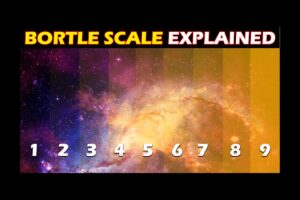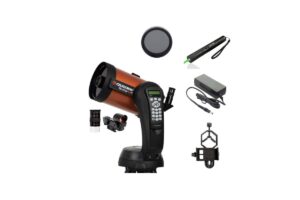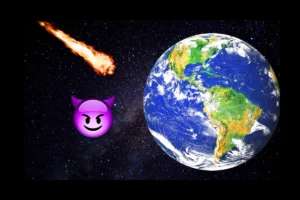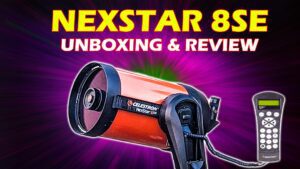
The Andromeda Galaxy is our nearest galactic neighbour. In the future, the Milky Way and Andromeda are going to collide and form a Milkdromeda galaxy. At the moment, the Andromeda galaxy is at a distance of 2.54 million light years. Previously, we wrote about all the known planets in the Andromeda galaxy. In this article, we will see in detail all the known stars in this galaxy.
If you google “Stars in the Andromeda Galaxy” you get various websites stating the list of lots of stars. But those stars are in the Andromeda constellation and not in the Andromeda galaxy. You can check it out for yourself on this list. You can see a long list of stars, but if you look at their distance, you will find that the distance of the majority of the stars in that list is less than 3000 light years away, and only one star is at a distance of 8000 light years.
If the Andromeda galaxy itself is at a distance of 2.54 million light years away, then how can the stars in that list be much closer than 2.54 million light years? Because all the stars in this list are in the Andromeda constellation, which is in the Milky Way itself. Learn more about constellations here.
In the above list, there is only one star, which is at a distance of 2.6 million light years away. That star is actually in the Andromeda Galaxy.
The above explanation is necessary as most people gets confused between the actual known star inside the Andromeda galaxy and the stars in the Andromeda constellation.
Let’s see the actual known stars in the Andromeda galaxy.
First star is SN 1885, or S Andromedae.
This star is a supernova in the Andromeda galaxy. For those who don’t know, a supernova is the stage when a star is dying or in its final stage of life. SN 1885 was a type 2 supernova. This is a type of supernova that occurs when a massive star runs out of fuel and then collapses under its own gravity. It was first observed in 1885 by Ernst Hartwig. This is the only supernova seen outside the Milky Way and also in the Andromeda galaxy.
It is 2.6 million light years away. This star reached a magnitude of 5.85 on August 21, 1985, and it then faded to magnitude 14 after 6 months. The explosion of this star was 10 billion times more luminous than the Sun. It released so much energy in just a few weeks that our sun would not even release it in a few billion years.
Second star is M31-RV.
This is a variable pulsating star that was first found in 1988. A variable star is a type of star whose brightness changes dramatically with time. The change in its brightness is irregular; someday it might be very bright, the next day a little dim, and the next day again much brighter. That’s why this star is classified as the RV Tauri variable, which is a group of variable stars.
M31-RV is the brightest star in the RV Tauri variable star group. Its brightness variation time period is 5 days. It varies from magnitude 18 to 19.5. In 2006, the Hubble Telescope looked at the area around this star, but it could only see the red giant. Probably this star has become too dim for Hubble to see it.
Third is Cepheid Variable Stars.
This is not a single star. But it is a classification of stars. The Andromeda galaxy has a huge number of these Cepheid variable stars.
These Cepheid Variables are pulsating variable stars. They are important for determining the distances of these far-away celestial objects from Earth. Cepheid variables were first discovered by Edwin Hubble in the 1920s. The discovery of these stars was a crucial step in the development of modern-day astronomy.
The period of Cepheid Variable M31 ranges from a few days to more than 50 days. With the majority of them having a period of 10–20 days. Their magnitude ranges from 18 to 21 and can be observed with large telescopes.
There are more than 10,000 of these Cepheid variable stars in M31. With each passing day, these stars are still being discovered and studied.
Fourth is RR Lyrae variable.
This is also another type of star. These are also variable stars, but their variability period is less than a day. They have the name after the constellation Lyrae.
RR Lyrae variables are often used as distance indicators, particularly for globular clusters and the halo regions of galaxies. They are typically old, low-mass stars that have exhausted their hydrogen fuel and are evolving towards the end of their lives.
They pulsate due to a balance between the pressure and gravity forces in their outer layers, which causes the star to expand and contract. This pulsation creates changes in the star’s brightness that can be detected by telescopes on Earth.
Conclusion
These are some of the stars and types of stars that we actually know in the Andromeda galaxy. The Andromeda galaxy hosts more than a trillion stars, and there is a huge possibility that the galaxy hosts many stars like our sun. But because of the limitations of our current technology, it is very difficult to find the individual stars in the Andromeda galaxy.
Also learn more about the known planets in the Andromeda galaxy. A good exposure through a 6 to 8-inch telescope will show you the Andromeda galaxy. You can check out those telescopes.

